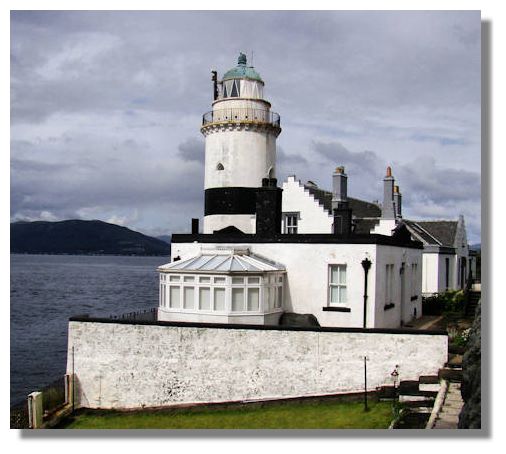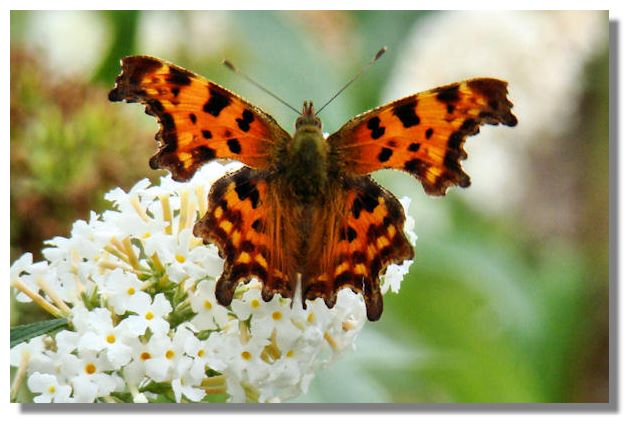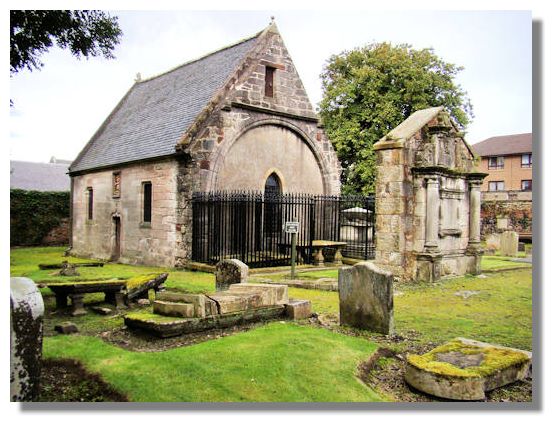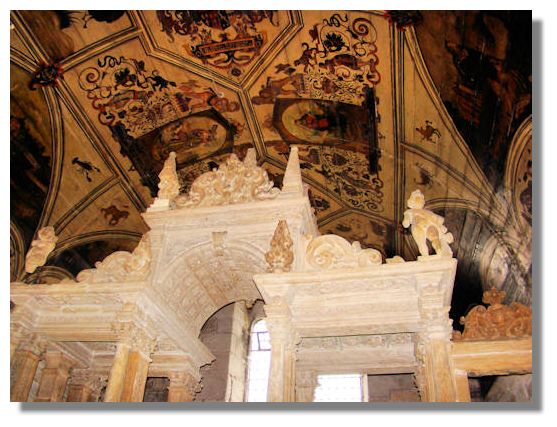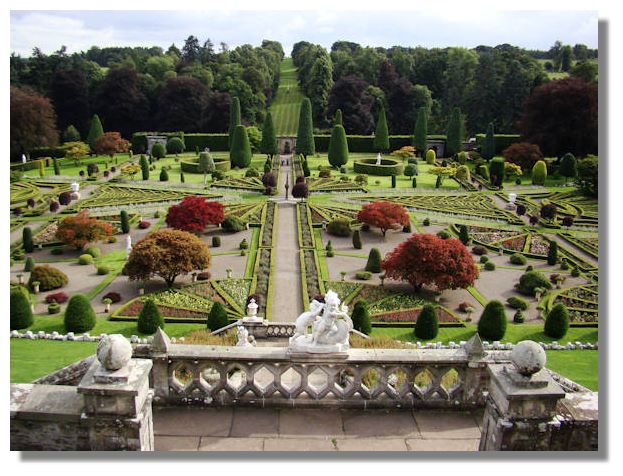The Rampant Scotland Newsletter includes a number of photographs which illustrate the weather and the seasons, plus the flora and fauna of the current week around Scotland. This separate "colour supplement" displays some more pictures, in a larger format. Here is this week's crop of Scottish views!
With its long shoreline, Scotland has many lighthouses, some of them with many stories to tell. The Cloch lighthouse is on the shore of the Firth of Clyde, at the point where the river turns from flowing west to a southerly direction into the estuary and then the open sea. It was thus a well-known landmark for many who left Scotland to emigrate to around the world - and a welcome sight for travellers returning to Scotland. The name Cloch (you need to be a Scot - or maybe German - to be able to get the "och" properly!) comes from the Gaelic word for stone. It was built in 1797 and was partly the work of Robert Stevenson of the well-known lighthouse-designing and novel-writing family. It warned ships of The Gantocks, a dangerous rocky reef directly west of the point.
Over the last few years I've managed to get photographs of Comma butterflies by travelling over to the east of Scotland where they have been seen increasingly in Fife, Angus and in areas around Edinburgh. But it was a great surprise to find one almost on my doorstep in Drumpellier Country Park in North Lanarkshire. This public park has been much improved in recent years and earlier this year a group of white-flowering buddleja was planted in a garden area. Common garden butterflies have found there way there - and so did this Comma. Until recently, the Comma had been largely confined to southern England. Of course, it seems that in a year which has been a disaster for many butterfly species, reports of Comma sightings have never been higher.
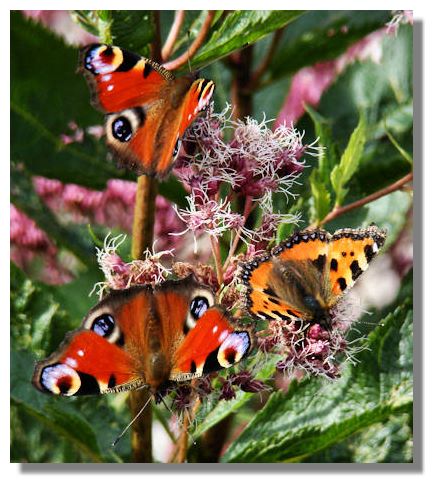
This summer it was hard to find any butterflies - apart from the small and large whites. In recent weeks, even though the weather hasn't improved, they have appeared in good numbers whenever the sun has been shining. These Peacocks and a Small Tortoiseshell were just some of the butterflies to be seen recently in the gardens of Drummond Castle in Perthshire.
The building seen here in the old churchyard in Largs, Ayrshire, is known as the Skelmorlie Aisle. It was added to the local parish church in 1636 by a local landowner, Sir Robert Montgomerie of Skelmorlie (a village further along the coast from Largs). It was created as a burying place for Sir Robert and his wife Margaret. Most of the church was demolished in 1802 but fortunately the Skelmorlie Aisle was retained - see the picture below to understand why!
The Skelmorlie Aisle may not be all that large, but Sir Robert Montgomerie created a richly carved Renaissance canopied tomb in undressed marble above the burial-vault entrance. It reaches almost to the roof and nearly touches the timber arched ceiling, which was richly painted with rustic scenes, signs of the zodiac, quotations from the bible - and the several panels with the Montgomerie coat of arms. Even though the paintings were applied in 1638 (signed by the painter, J S Stalker), they have survived well to the present day.
From being buildings of defence and security, castles gradually became places to impress visitors - and Drummond Castle in Perthshire, accessed via a mile-long avenue of over 300 beech trees still does that today. And so do the formal gardens below the castle, terraces and steps. The gardens at Drummond Castle have a long history - there are records of Lord Drummond sending cherries to King James IV in 1508 and there was a substantial formal garden early in the 17th century. A later design by George Penrose Kennedy was prepared in 1838 and when Queen Victoria and Prince Albert visited the Drummonds in 1842, it was this layout which she saw. It is broadly this plan which is in place today, though with wider range of plant types (thanks to the many Victorian plant hunters). The leaves of the acer and the roses and antirrhinum in the flower beds create a riot of colour at this time of year.If you want to look back at earlier editions of this Colour Supplement, there is an Index Page
